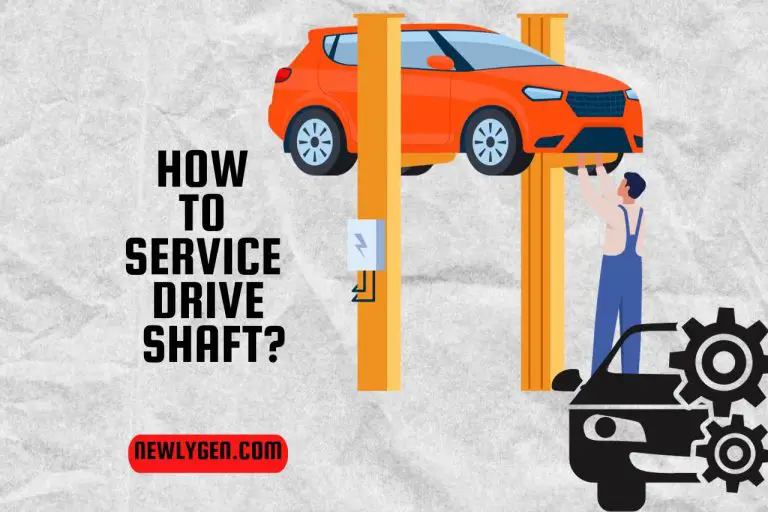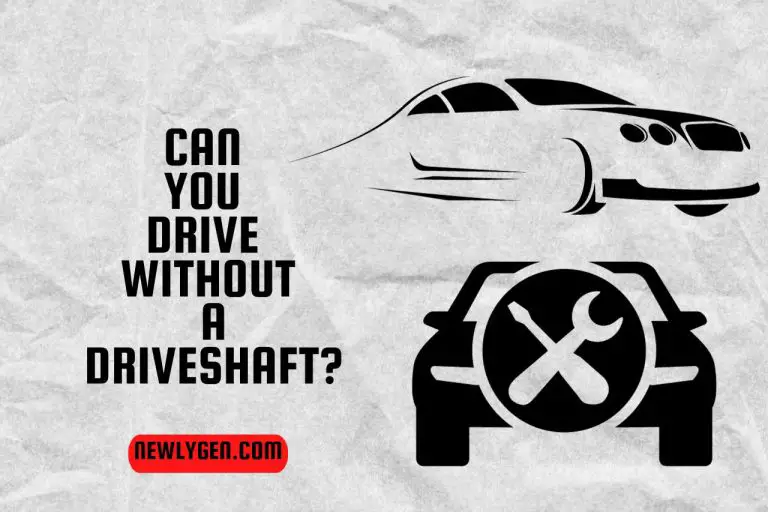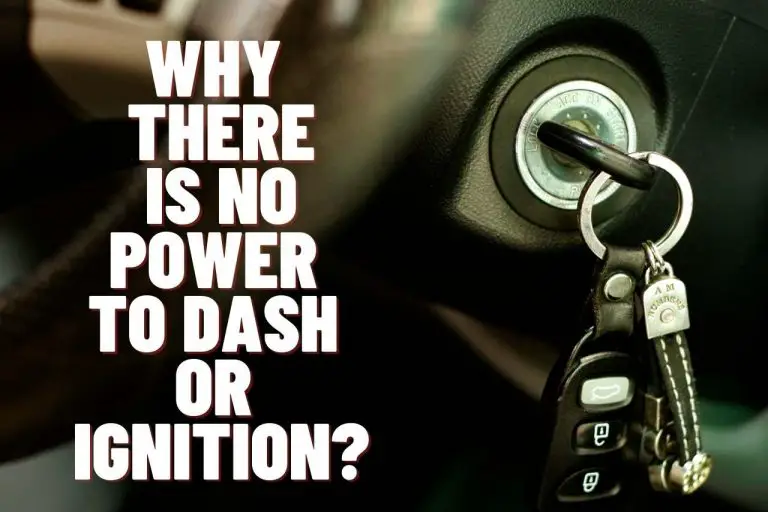Does Driveshaft Make a Noise? (Causes & Diagnostics)
Does your driveshaft make a noise? If you’re hearing clunks, squeaks, or clicks coming from beneath your vehicle, it can indicate driveshaft distress. These sounds are more than just a nuisance; they’re a call to action to prevent further drivetrain damage. This discussion focuses on the symphony of sounds a faulty driveshaft can produce, the reasons behind them, and the steps you can take to restore harmony under the hood. With this precise, reader-friendly guidance, diagnosing and addressing the issue will be easier. So, let’s get started!
Does Driveshaft Make a Noise?
Yes, a driveshaft can make noises, signaling potential issues that should be addressed promptly.
These noises are indicative of wear or damage within the driveshaft or related components such as U-joints and bearings.
When you hear a clunking sound as you accelerate or decelerate, it’s often a sign that the universal joints are in need of attention.
A whining or whirring noise could point to a lack of lubrication in the driveshaft or other parts of the drivetrain, while a high-pitched squeak during vehicle operation typically suggests that the U-joints or bushings might be dry and require lubrication.
Additionally, you might feel a vibration with these noises, and it’s a strong indication that the driveshaft balance needs to be checked, as it may be caused by a bent shaft or worn components.
It is a must to address these noises as early as possible in order to ensure the longevity of driveshafts. Moreover, it helps keep the vehicle running smoothly and safely.
Why does My Driveshaft Make Noise?
Your driveshaft can make noise due to worn U-joints, damaged bearings, and so on. If you do not have knowledge regarding these components, the following brief explanatory points will be helpful.
- Worn U-Joints: The universal joints, which allow the driveshaft to move and flex as the vehicle navigates uneven surfaces, may be worn. This wear can result in a pronounced clunking noise that occurs during the transition from acceleration to deceleration and vice versa.
- Damaged Bearings: Bearings support the driveshaft. If they become damaged or wear out, they typically emit a rumbling or growling noise that increases in pitch and volume with the vehicle’s speed.
- Improper Lubrication: The driveshaft requires regular lubrication to function smoothly. When there is a lack of proper lubrication, it can cause high-pitched squeaks or chirping noises, especially noticeable at lower speeds.
- Misalignment: An imbalanced or misaligned driveshaft can cause not just noise but also vibrations felt throughout the vehicle.
- Wear and Tear: General wear and tear are inevitable and, over time, can lead to the degradation of driveshaft components. This degradation can manifest as various noises, indicating different wear-related problems.
- Faulty CV Joints: In front-wheel-drive or all-wheel-drive vehicles, clicking sounds when turning sharply are often due to worn constant velocity (CV) joints. These joints are responsible for transferring power to the wheels while allowing for steering and suspension movement.
What Noise does a Faulty Driveshaft Make?
A faulty driveshaft typically makes a clunking, squeaking, or clicking noise. According to the particular issue your vehicle has, the sound can vary.
As we already discussed, the noises heard from a faulty driveshaft are telltale signs of its condition.
A clunking noise when accelerating or decelerating can point to worn universal joints.
Squeaking sounds during vehicle operation suggest that the driveshaft components need to be lubricated.
Clicking noises, especially when turning, are often associated with worn or damaged CV joints in front-wheel or all-wheel drive vehicles.
Regular checks and maintenance are your responsibility for preventing such damages to your vehicle’s drivetrain.
How to Fix a Noisy Driveshaft?
To fix a noisy driveshaft, the first step is identifying the source of the noise, which typically involves inspecting the U-joints, CV joints, and bearings for wear or damage.
Aid the following guidance to diagnose the issue.
- Inspect U-Joints: Firstly, check for any play or movement in the universal joints, which could cause a clunking noise. You will have to go for a replacement if they are worn or damaged.
- Examine CV Joints: Listen for clicking sounds when turning, indicative of CV joint wear in front-wheel and all-wheel drive vehicles. They may also need replacing if faulty.
- Check Bearings and Bushings: Worn bearings may produce a rumbling noise and need to be replaced to restore quiet operation.
- Lubricate Moving Parts: Apply appropriate lubricants to the U-joints and CV joints to eliminate squeaking or chirping noises due to friction. Do this practice on a regular basis.
- Balance the Driveshaft: If there’s a vibration or whirring noise, have the driveshaft balance checked and corrected. Mostly, this case needs professional involvement.
If you’re not experienced with drivetrain components, seek a professional mechanic’s expertise to ensure accurate diagnosis and repair. Trying DIYs without knowledge can be harmful to your vehicle.
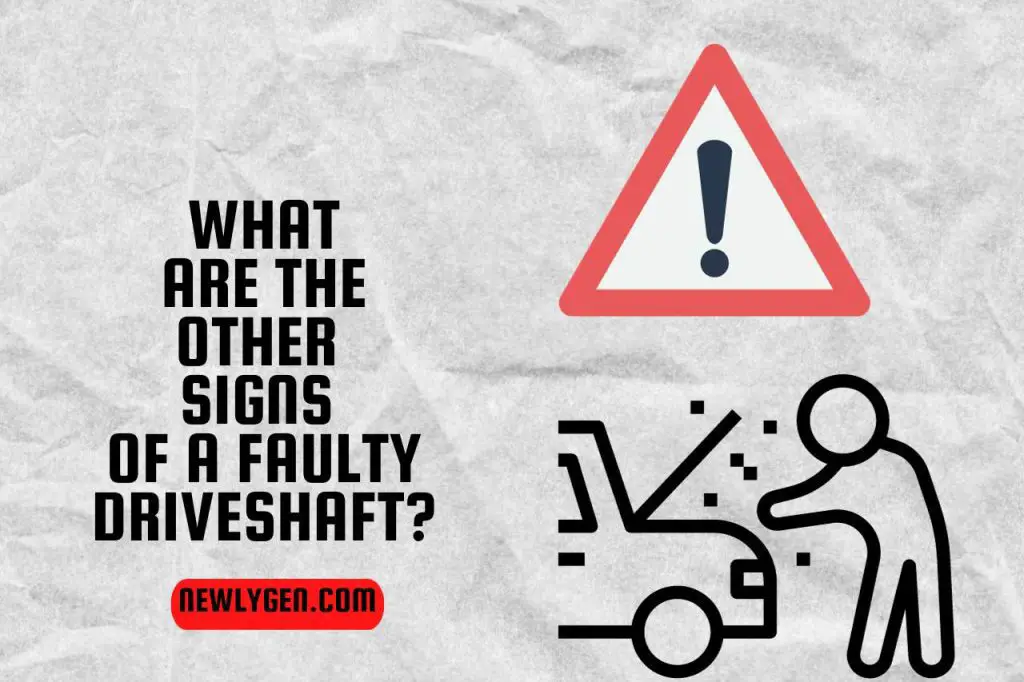


What are the Other Signs of a Faulty Driveshaft?
Apart from the noise, there are some other signs of a faulty driveshaft, such as vibrations and turning difficulties, each indicating potential driveshaft issues.
Here’s what to look out for:
- Vibrations: An unbalanced driveshaft can cause the vehicle to vibrate, which might be felt through the steering wheel or the floor.
- Difficulty Turning: If the driveshaft is failing, particularly the CV joints, you may experience issues when making tight turns.
- Shuddering During Acceleration: A faulty driveshaft can cause the vehicle to shudder or shake as you accelerate from a stop or low speed.
- Visible Wear or Damage: Upon inspection, you may find physical signs of wear or damage on the driveshaft components, such as the U-joints or CV joints.
These symptoms are critical to recognize for maintaining vehicle safety and performance. Ignoring them can lead to more serious and costly repairs. Regular maintenance, including inspection and lubrication, can help catch issues early and keep your vehicle running smoothly. If you experience any of these signs, a professional mechanic should assess the driveshaft to determine the appropriate fix.
You May Also Like
Can a Bad Driveshaft Cause Vibration? Automotive Insights!
Can you Weld a Driveshaft? (Techniques & Tips)
How to Diagnose Driveshaft Problems? (Signs & Solutions)
How to Fix a Squeaky Driveshaft? Stop the Squeak!
Can you Drive without a Driveshaft? (What You Need to Know)
How to Service Drive Shaft? (Tips & Techniques)
Can a Bad Driveshaft Affect Transmission? Expert Insights Revealed!
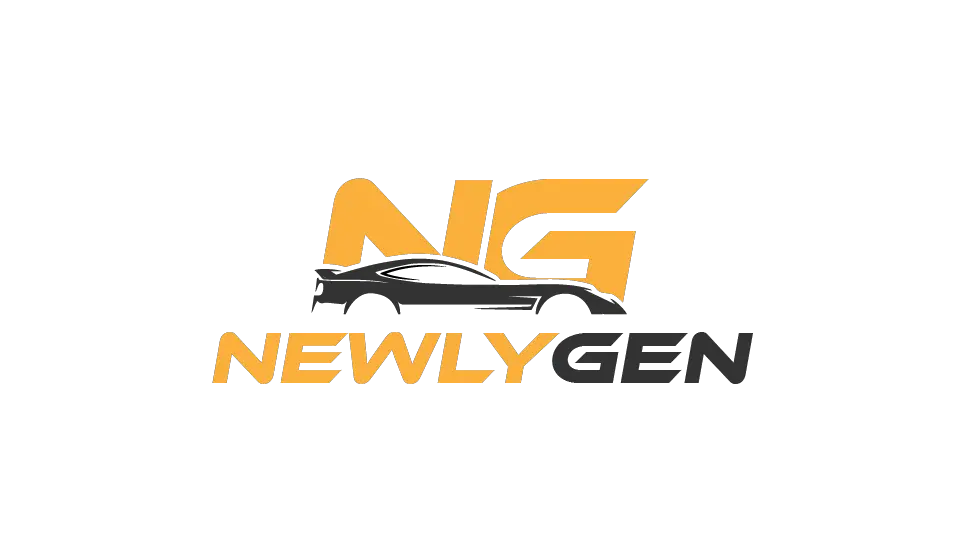
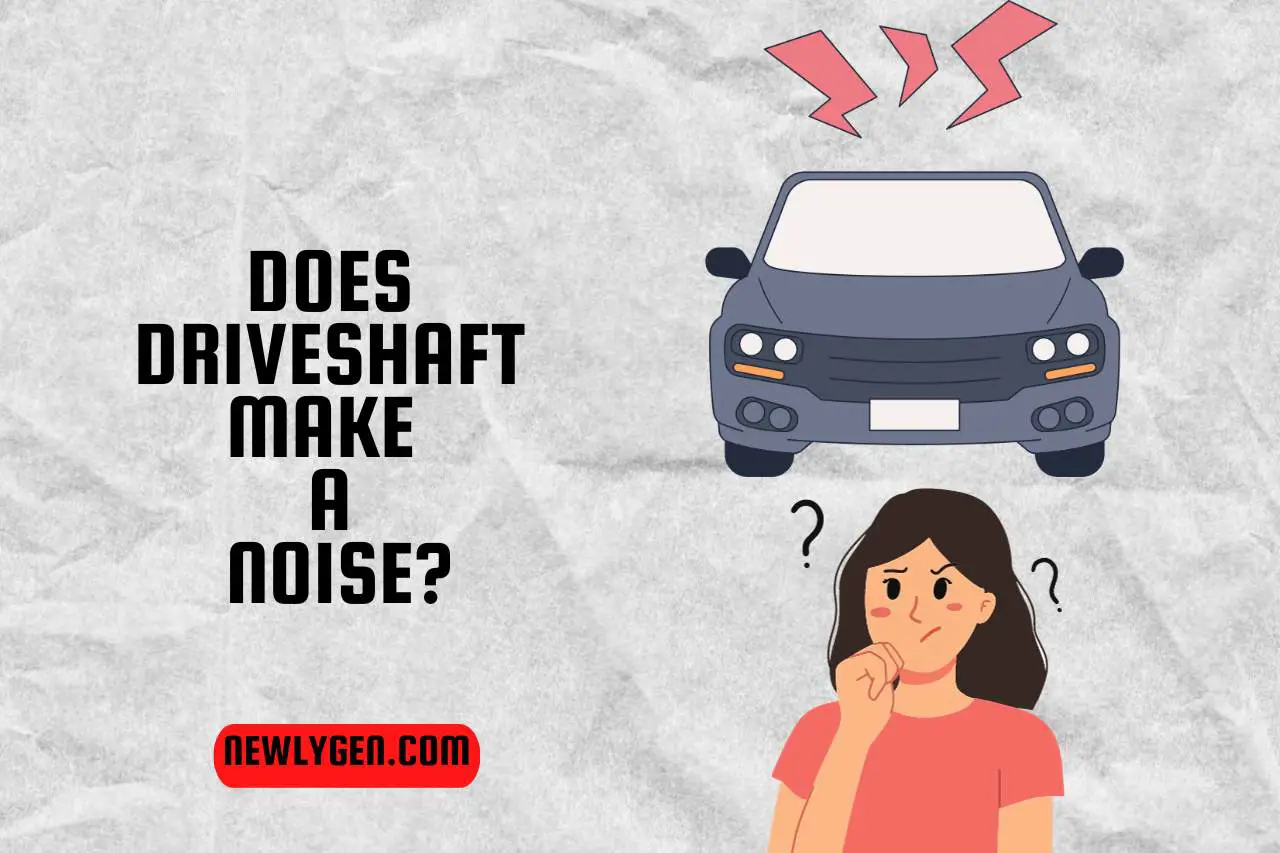
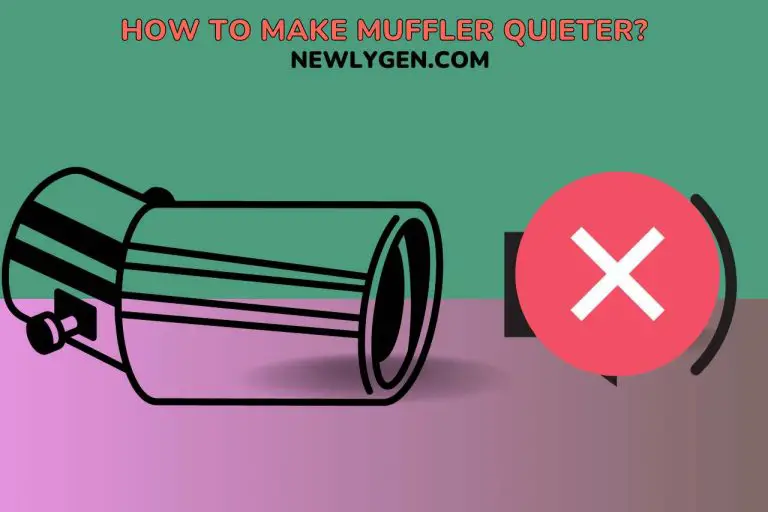
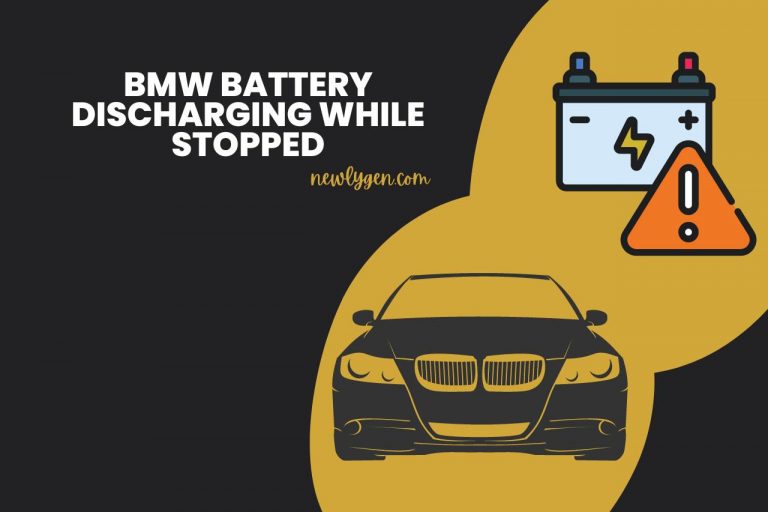
![How Often Should you Check the Fluids in your Car? [Brief Guide]](https://newlygen.com/wp-content/uploads/2023/03/how-often-should-you-check-the-fluids-in-your-car-768x512.jpg)
